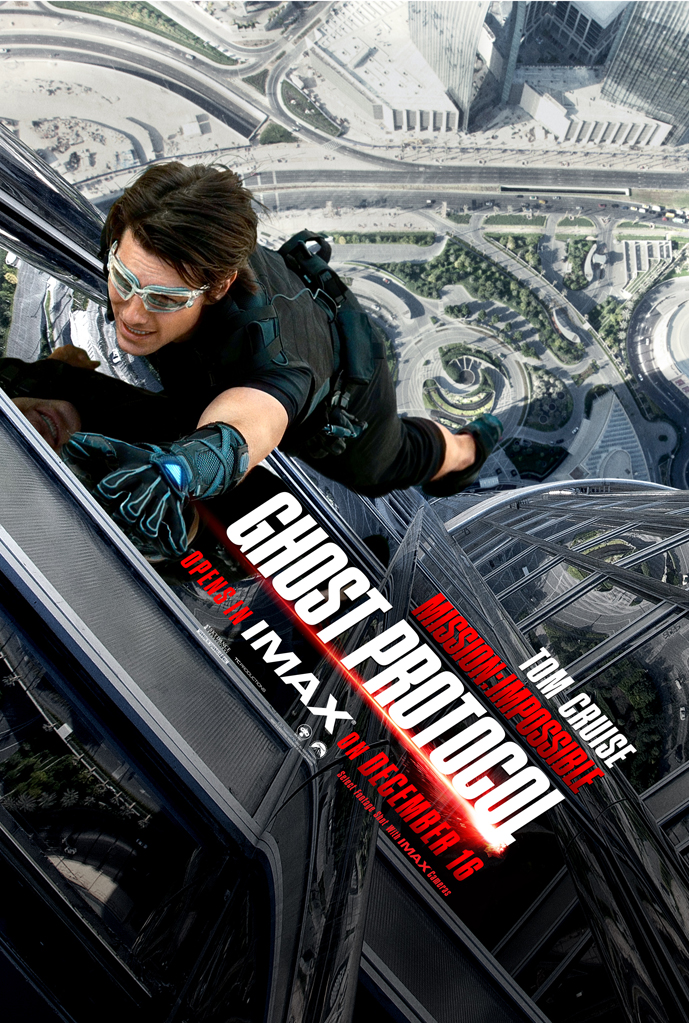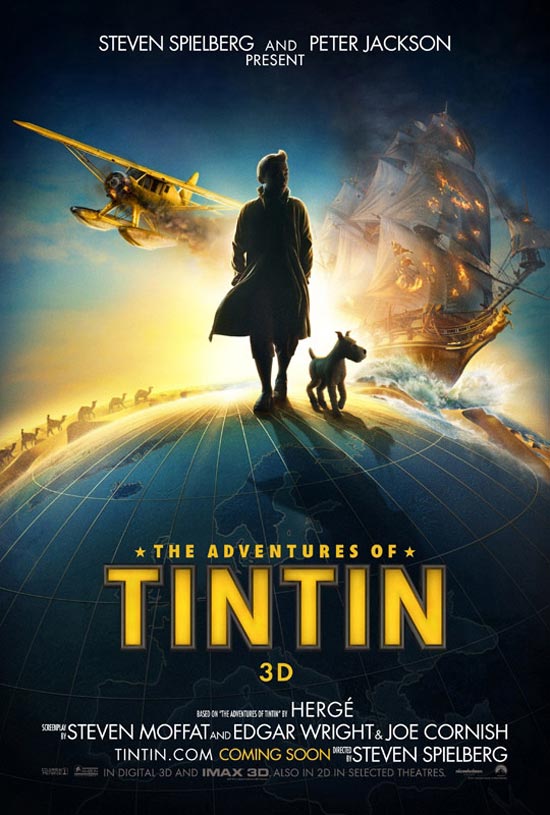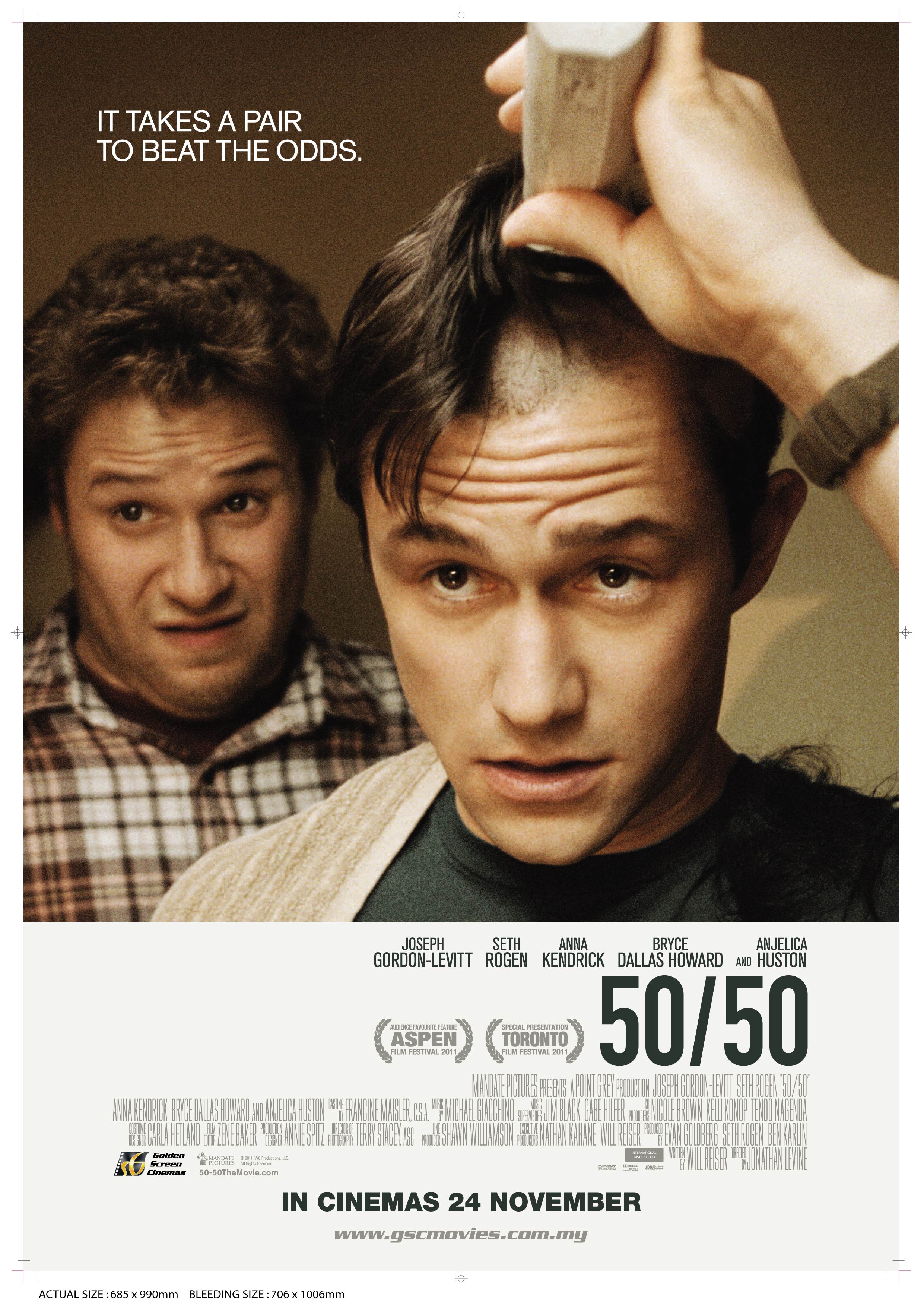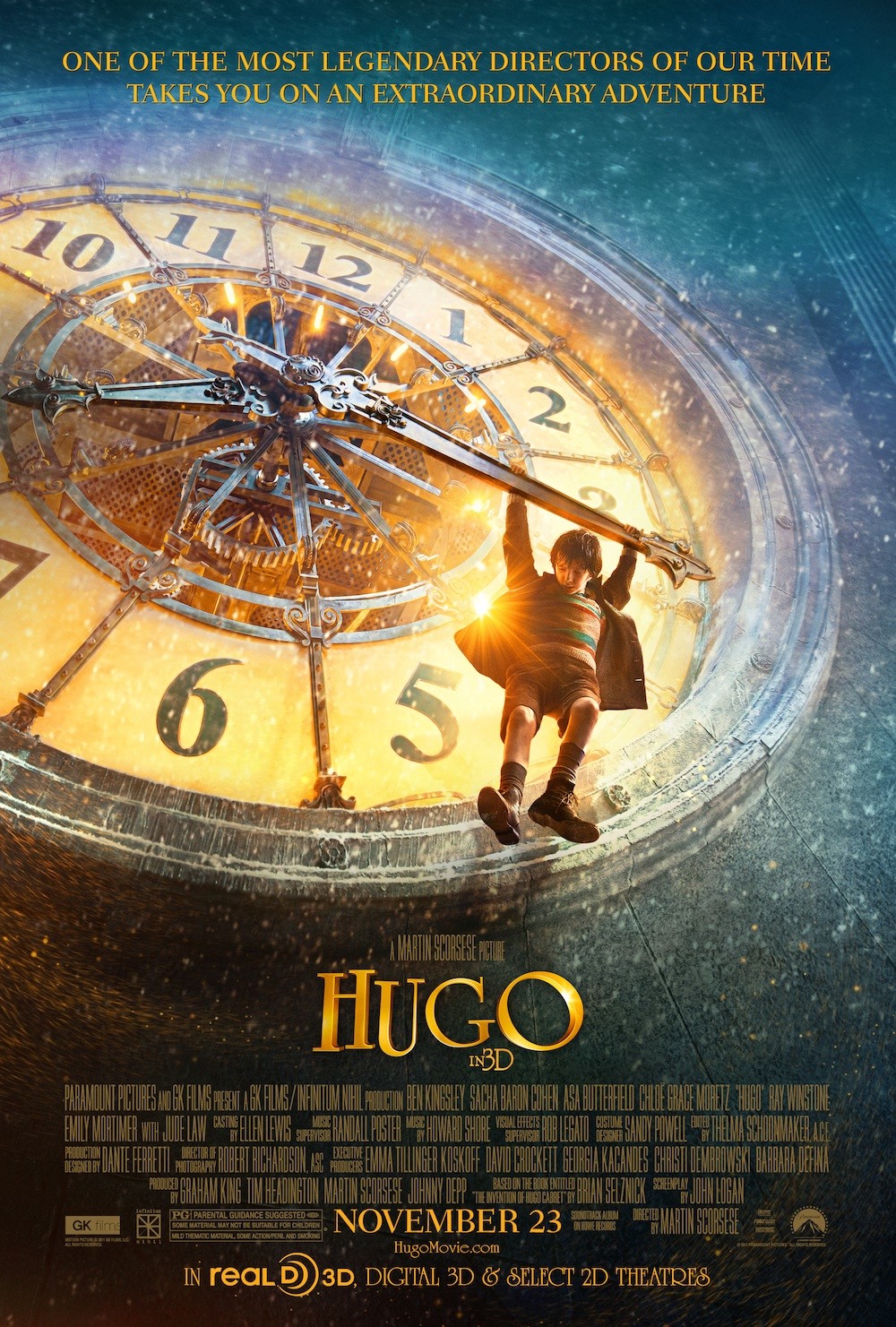History has been present on film as long as film has existed. Even the camera tests of the earliest pioneers, which served no storytelling purpose at the time, have become invaluable primary documents for the period they were filmed in. More explicitly, historical films have also existed since the earliest days of cinema; filmmakers have used the events of the past as the subject or inspiration for thousands of films. When movies began telling historical stories as narratives the dividing line between history and art was drawn. Every filmmaker who attempts to portray true events on screen does so with a unique point of view and a unique understanding of what is the truth. The elements that make historical texts include a wide range of sources, but none of the evidence available to historians can create as convincing a picture of an historical person or event as a film can. Film is closer to reality than any other art form. The result of this similarity to reality is that filmmakers have the potential to approach closer to the truth than any other artistic or academic representation.
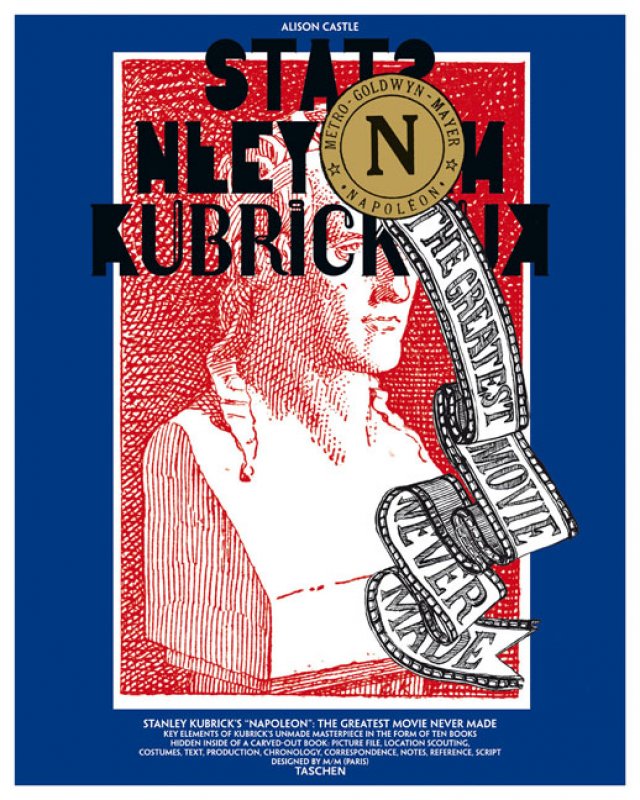
Nicknamed “The Greatest Movie Never Made,” Stanley Kubrick’s Napoleon was a project that the great director had originally intended to undertake following the release of A Clockwork Orange in 1971. The box-office failure of another Napoleon film, Waterloo (1970), drained confidence from the studio, which resulted in the massive production being called off before cameras were able to start filming [1]. Stanley Kubrick, according to actor Jack Nicholson, “gave new meaning to the word meticulous.” [2] This is most evident in the archival documents collected by Alison Castle. Dozens of letters to actors, hundreds of production notes, numerous conversation transcriptions between Kubrick and historian Felix Markham, thousands of location scout and costume test photographs, multiple outlines of the film, and Kubrick’s 1969 draft of the screenplay serve as a glimpse into the massive effort that had been put into the production.
The presentation of truth in an historical film can be overshadowed by the emotional impact of the finished product. When a film succeeds on an emotional level its audience is more willing to forgive minor faults in logic or liberties taken with the historical record. This means that analyzing the dividing line between history and art can be difficult because alterations to historical fact to suit the film narrative can often be accepted as a part of the film’s emotional impact. Stanley Kubrick’s Napoleon is a unique example of an historical film that completed its pre-production, but never completed any actual film. It is also unique for the amount of pre-production work that is available to study. From this material it is possible to see where history and art – sometimes allies, sometimes enemies – met in the mind of one of the greatest film directors.
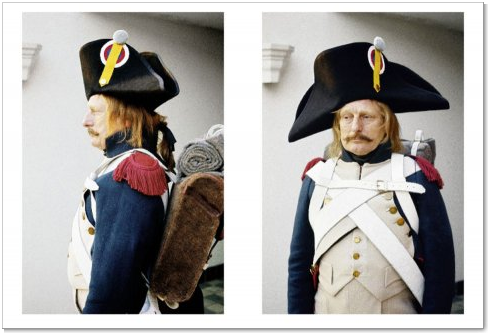
Within the Napoleon production materials are recurring lists and revisions, by Kubrick and his staff, of the estimated budget of the film. In his production notes dated November 22, 1968, Kubrick estimates 150 days would be required to shoot the film on locations in Yugoslavia and Italy. He addresses the concern that there are four major categories of cost for a “spectacle film,” which include large numbers of extras, military uniforms, expensive sets, and over-priced movie stars. He planned to overcome the cost of an extra ($19.20 per day in England) by using the Romanian army, on loan from the government, which would have provided the film with up to 30,000 troops at a time for $2 per man. Military uniforms for these extras were to come from a New York company that would have printed uniform facsimiles on fireproof, drip-dry, paper fabric for $1 - $4 each. The expensive sets were to be replaced with actual locations in palaces and villas still standing from the period in France, Italy and Sweden. The final obstacle, expensive movie stars, was the easiest for Kubrick to overcome. He wrote, “Sufficient proof must now exist that over-priced movie stars do little besides leaving an insufficient amount of money to make the film properly.” [3]
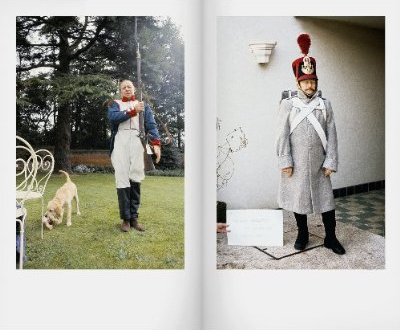
His decision to avoid expensive stars occurred closer to the planned production, likely as a response to the massive costs involved in the rest of the film. In a notebook dated August 30, 1967 Kubrick wrote a list of potential actors to fill the roles of Napoleon, Josephine, and the other major characters. This list included such stars of the time as Alec Guiness, Peter O’Toole, Peter Ustinov, Audrey Hepburn, Julie Andrews, Albert Finney, Vanessa Redgrave, Ian Holm and Oscar Werner (Kubrick’s choice for Napoleon). [4] The decision two years later to focus on unknown actors shows how flexible Kubrick vision of history was. As a film about Napoleon, the casting of the lead character would have been the most influential decision of the production. A recognizable star like Jack Nicholson would create a very different image of Napoleon than either Ian Holm or Oscar Werner. The variety of possibilities in this matter reveals how interpretive even the most concrete aspects of history are; there was only one Napoleon in reality, but there are countless interpretations of Napoleon as a character.
Few figures have achieved the worldwide recognition of Napoleon. He remains one of the most recognized, most hated, most loved, and most debated players in history. Starting from this understanding, Kubrick was able to write a script that begins with the assumption that the audience already knows something about its title character. In the opening scene the Narrator introduces him with the first line, “Napoleon was born at Ajaccio in Corsica on August 15th, 1769.” [5]
 |
| A scene from Stanley Kubrick's Barry Lyndon. |
The use of the Narrator is a very novelistic technique that Kubrick used to great effect in his early films The Killing (1956) and Dr. Strangelove (1964), and would use again in Barry Lyndon (1975). [6] In Napoleon he uses the Narrator more than in any other film, and to greater purpose. Napoleon grows from 4 to 17 in the first five pages of the screenplay, and the Narrator serves to orient the audience on the progress of his military training and love life. The narration in the screenplay is, at first, very factual and without judgment; it states when Napoleon entered the Royal military College in France, when he graduated at 16 as a sub-lieutenant, and that the Civil War began in 1793. The narration also reflects one of Kubrick’s primary sources, Napoleon’s own journals, when the Narrator states that “his moods at this time were complex and varied,” it is in response to the journals that Napoleon kept. [7] Along with the unnamed Narrator there is voice-over by Napoleon as a boy writing his journal, and as an adult reflecting on his youth. This combination of voice-overs, at times taken verbatim from Napoleon’s writing, injects the film’s narration with authority and the appearance of reliability. As the screenplay progresses through the events of Napoleon’s life, Kubrick takes more liberties with the analytical capabilities of the Narrator. Following Napoleon’s Egypt campaign he returns to France, and the Narrator claims, “The news of his arrival threw France into a delirium of joy. His return was seen as a kind of deliverance.” [8] The Narrator’s analytical powers grow to the point where, during Napoleon’s residence in Moscow before the disastrous winter retreat, the Narrator says, “Thus, lulled by events, and by realities he could not face, Napoleon seemed to fall into a dream in Moscow.” [9] The Narrator who conveys only dates and events is transformed through the screenplay into the interpretive voice of Kubrick’s point of view. It includes theories and questions that Kubrick had about Napoleon’s motivations and mistakes. The role of the Narrator becomes one of analysis, and as Kubrick’s voice in the historical debate on Napoleon’s thoughts. This is an important transition because, since the Narrator began the film with no noticeable bias, the narration is associated with unfiltered history. The appearance of history without bias suggests some form of the truth, and is therefore considered a trusted source. For Kubrick to transform that source into a part of his interpretation of history is a bait-and-switch to convince the audience that what he is saying with his film is the accepted historical truth. This is not a malicious action to misrepresent who Napoleon was, but serves to strengthen Kubrick’s argument for which parts of Napoleon’s life are worth focusing a film on.
The main plot of the screenplay is concerned with the political and military actions taken by Napoleon. Animated maps were to appear with narration during several sequences to explain the complex battle formations and political alliances. These animations, like the voice of the Narrator, appear authoritative and factual. Given the level of research that Kubrick and his staff undertook it is fair to consider these animated sequences would have been very accurate to the historical records of the battles. The animation and narration during the battle of Waterloo are examples of how the screenplay uses these elements to explain important details about the course of the battle. Some of the narration relates the events of the battle to the specific hours that orders were given and actions were taken. This sequence also illustrates how Kubrick understood that the audience would have a certain level of knowledge already; at no point in the screenplay does “Waterloo” appear.

Many chronological histories of Napoleon’s life were readily available to Kubrick, but for the film he required information on dozens of supporting characters that interacted with Napoleon and affected the course of his life. To accomplish this a cabinet of index cards tracking the activities of Josephine, Napoleon’s Generals, and others was made by a team of graduate students organized by Kubrick and Felix Markham. Each card represented a single event or action taken on any day, and spanned all of Napoleon’s life. [10]
Using the chronology gathered by the team of grad students, Kubrick was able to focus on Napoleon’s relationship with Josephine, and to contrast the activities and opinions of the two. Their courtship is short and the recitation of one of Napoleon’s love letters is followed by the private civil wedding ceremony. During the ceremony an excerpt from a letter by Josephine, writing to her friend Theresa, reveals that she does not love Napoleon, she finds herself “in a state of indifference, of lukewarmness.” [11] Napoleon then leaves on the Italian campaign and an extended sequence of voice-over further contrasts the two characters. Seven scenes tell the story of Josephine’s affair with Captain Hippolyte Charles, and these scenes are narrated by Napoleon. His narration is taken from the many love letters that he sent to Josephine at this time. The contrast of Napoleon’s loving words and Josephine’s adultery gives the screenplay a moral slant against Josephine’s actions. Napoleon, in a later scene, is presented as equally flawed when he seduces the wife of a dinner guest and ignores Josephine’s attempt to interrupt. [12] These scenes and others present both Napoleon and Josephine as flawed characters. By giving a large portion of the film’s limited time to reveal how flawed – how human – both were, Kubrick succeeds in adding emotional weight to the more classically historical sections of politics and warfare. Many of the scene descriptions in Kubrick’s screenplay are short and without extensive visual detail. The emotional impact of these short scenes with contrasting voice-over would have been multiplied in the final cut of the film. It is clear that emotion would have over-ruled any potential complaints about the film’s presentation of history.

Stanley Kubrick’s Napoleon would have been an unprecedented production. In an unsent draft of a proposal, dated October 20, 1971, Kubrick summarizes his plans to restart the production process. His third point states, “It’s impossible to tell you what I’m going to do except to say that I expect to make the best movie ever made.” [13] As the unmade film of a director who is widely accepted as a genius, Napoleon has achieved the status of legend. With no finished product to judge, Kubrick fans can claim it would have been his masterpiece and no one can say otherwise. From the massive amount of material available in the Kubrick archives, however, it is clear that – masterpiece or not – the film would have been a unique vision of the life of Napoleon. Some of the locations and camera techniques that are alluded to in Kubrick’s notes were used in the production of Barry Lyndon, which won four Academy Awards including Best Cinematography. [14] By watching that film and reading Kubrick’s screenplay, fans can achieve a glimpse at what might have been. Although Kubrick had planned to write a new draft of the screenplay, and some of his correspondence suggests he would collaborate with A Clockwork Orange novelist Anthony Burgess, the 1969 draft is a fascinating document on its own. [15] The potential for a major historical epic is clear in the screenplay’s use of dramatic juxtaposition, recreations of the battles, and the presentation of the political decisions that shaped Napoleon’s life. The dialogue is often revealing and entertaining, the structure is easy to follow, and the story does not appear rushed despite the condensation of almost fifty years into three hours. The screenplay’s greatest asset, and the source of its downfall, is clearly the massive amount of research time that Kubrick invested. This is a bitter irony because, had Kubrick finished his preparations quicker, the film would have been into production before Waterloo (1970), starring Rod Steiger, failed at the box-office. Despite the tragedy that the film will never be made, the screenplay succeeds on its own as entertainment, as an emotional drama, and as a model for future screenwriters attempting to walk the fine line between history and art.
1 Jan Harlan, Stanley Kubrick’s “Napoleon” (Paris: Taschen, 2005), 16, reprinted in Alison Castle, Stanley Kubrick’s “Napoleon”: The Greatest Movie Never Made, 2nd ed. (Paris: Taschen GMBH, 2011), 25.
2 Nigel Rees, Casell’s Movie Quotations (London: Cassell & Co., 2002), 243.
3 Alison Castle, Stanley Kubrick’s “Napoleon”: The Greatest Movie Never Made, 2nd ed. (Paris: Taschen GMBH, 2011), 377.
5 Napoleon, Print Screenplay, written by Stanley Kubrick (1969), 1, included in Alison Castle, Stanley Kubrick’s “Napoleon”: The Greatest Movie Never Made, 2nd ed. (Paris: Taschen GMBH, 2011), 649.
6 Mario Falsetto, Stanley Kubrick: A Narrative and Stylistic Analysis, 2nd ed. (London: Praeger Publishers, 2001), 96
10 Castle, Greatest Movie Never Made, 545.
13 Castle, Greatest Movie Never Made, 643.
14 “Barry Lyndon,” Internet Movie Database, http://www.imdb.com/title/tt0072684/
15 Eva-Maria Magel, “Everything A Good Story Should Have” Stanley Kubrick and Napoleon (Paris: Taschen, 2005), 28, reprinted in Alison Castle, Stanley Kubrick’s “Napoleon”: The Greatest Movie Never Made, 2nd ed. (Paris: Taschen GMBH, 2011), 38.

